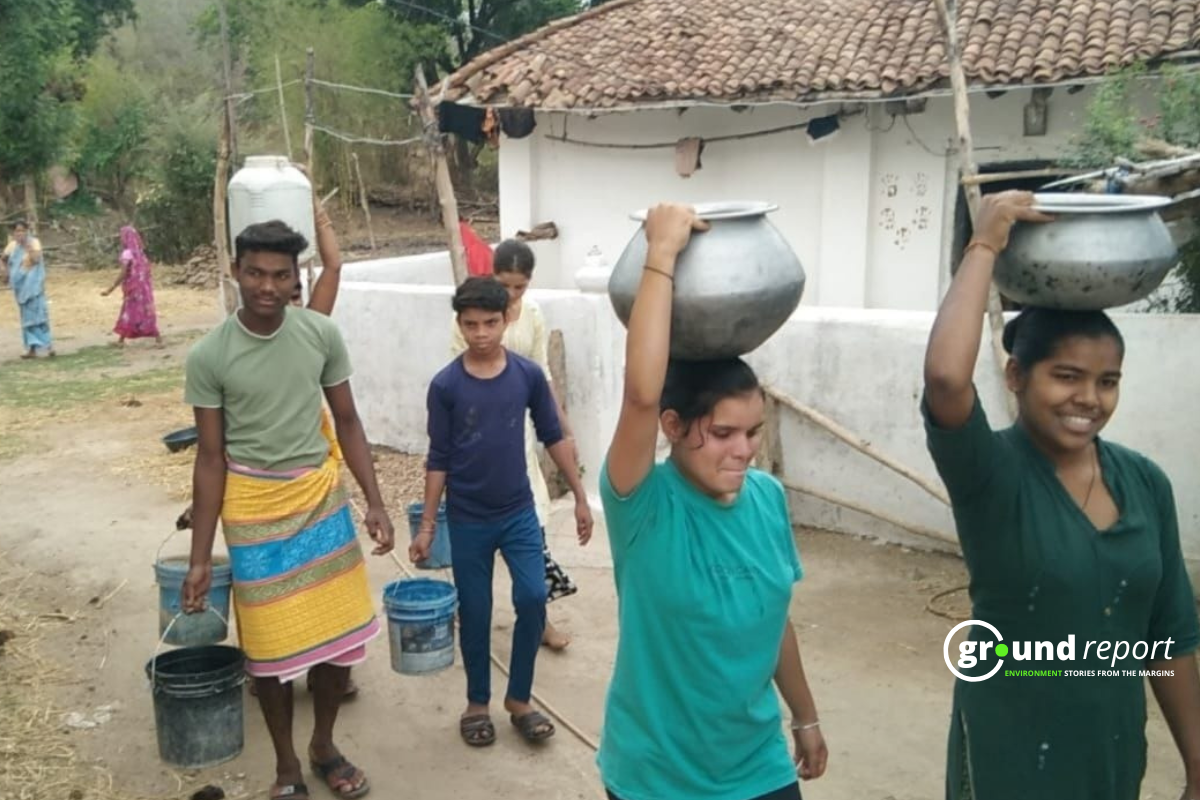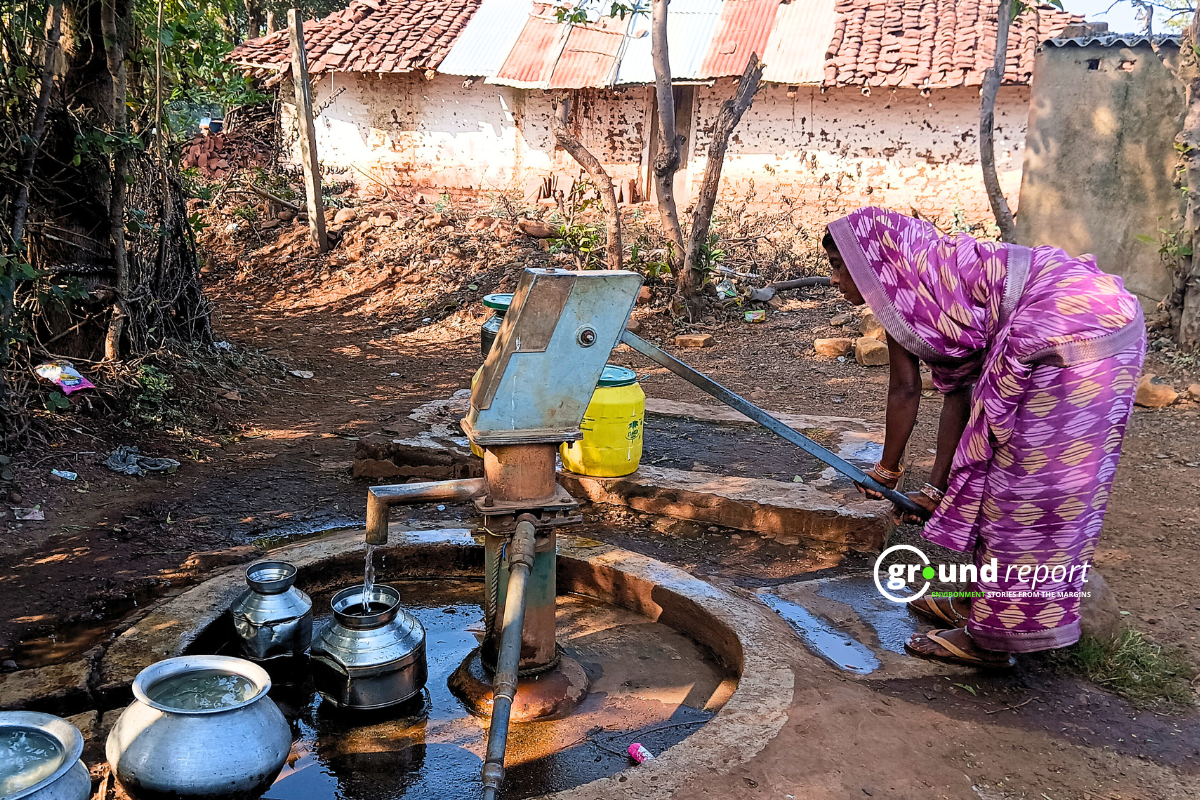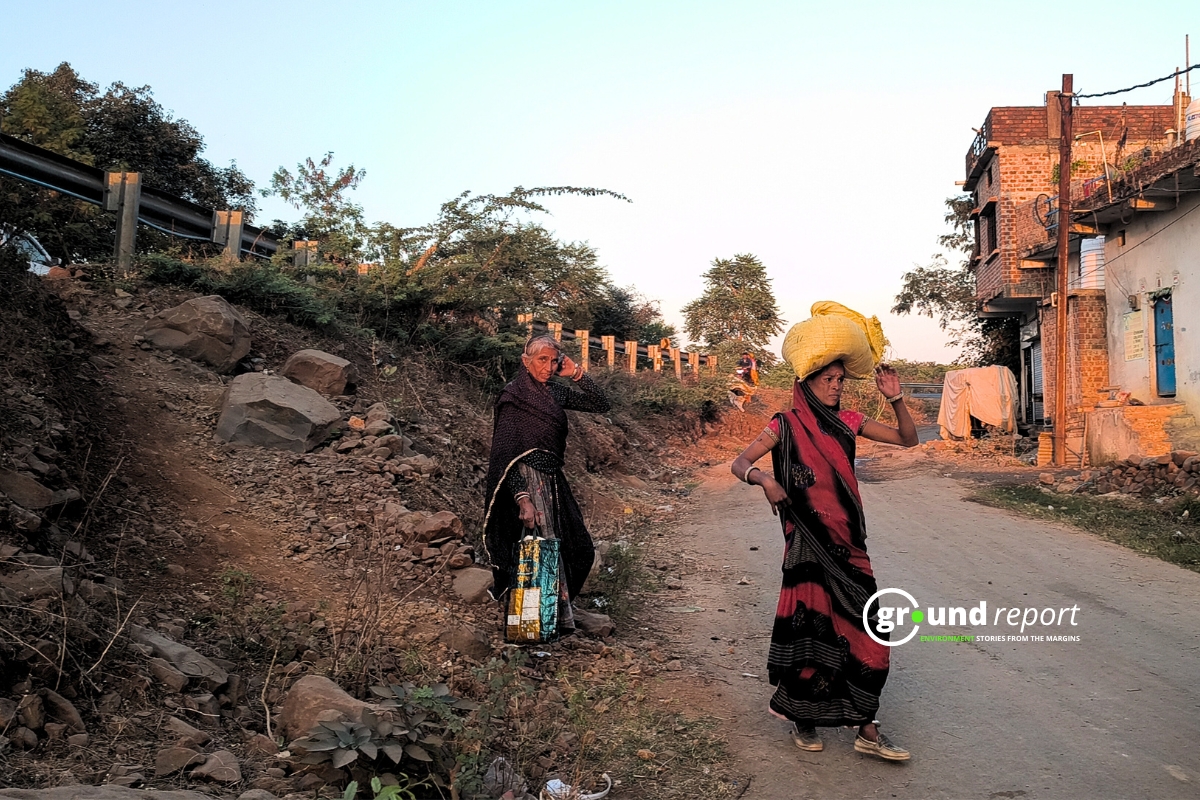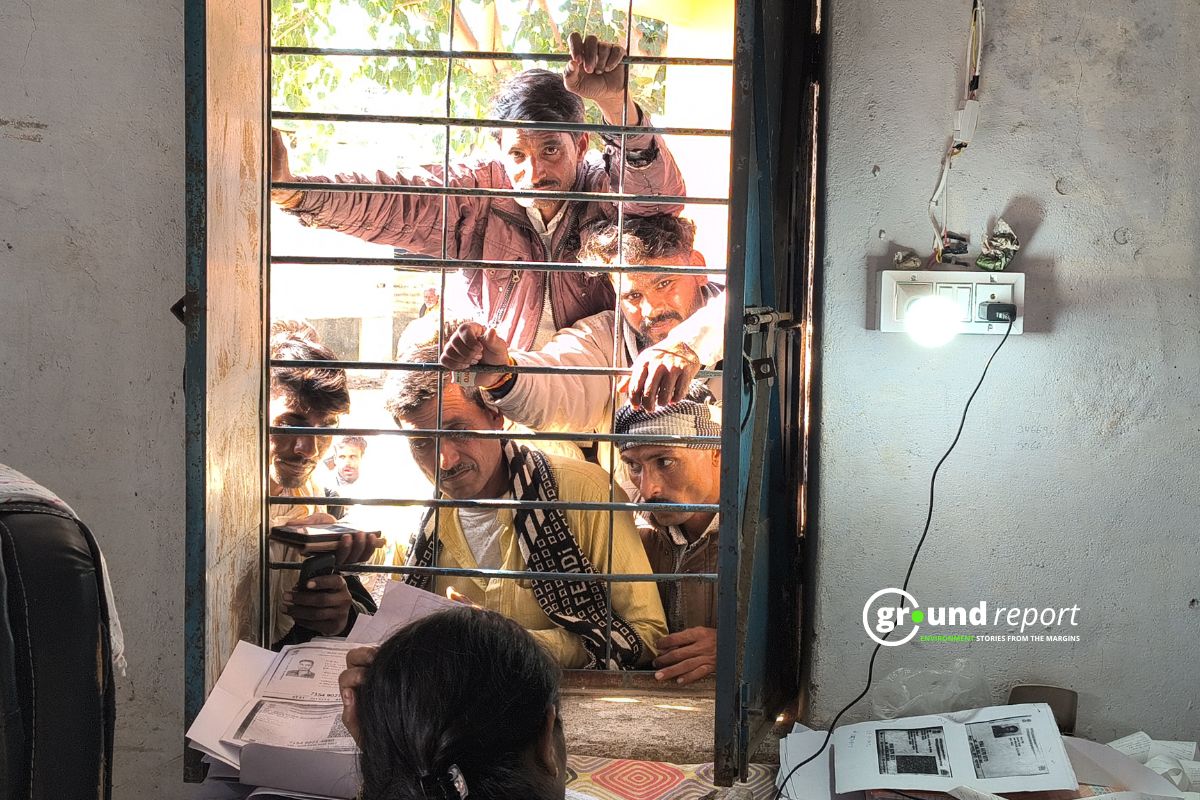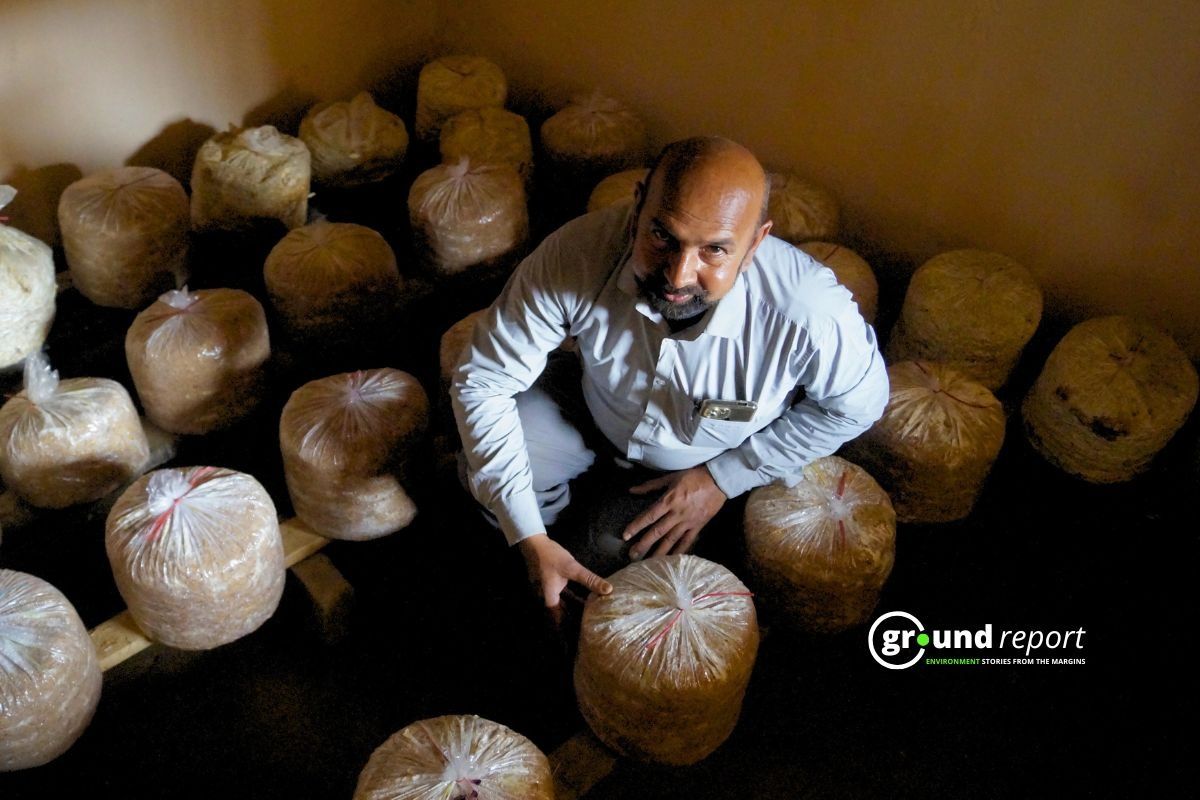Groundwater is vital for India’s agriculture, industry, and population needs. Groundwater through community wells and boreholes is the primary source of drinking water in rural regions. Indian cities’ daily per capita water requirement is 135 litres, via piped water supply. However, Sachin Tiwale, a fellow at the Centre for Environment and Development, wrote in the Indian Express that a person requires only a fraction of this amount for drinking and cooking purposes.
Jal Jeevan Mission, claims and discrepancies
In 2019, one of the Modi Government’s flagship Har Ghar Jal schemes under the Jal Jeevan Mission aimed to supply 55 litres of tap water per person per day to every rural household through Functional Household Tap Connections by 2024. In 2019, 3.23 crore (17%) rural households were reported to have tap water connections. The government claimed that the number quadrupled in 2023.
As an extension, the Government of India launched the ‘Jal Jeevan Mission (Urban)’ in 2021 to provide universal coverage of water supply to all households through functional taps in cities with less than 100,000 people by 2026. The scheme’s dashboard, where the scheme’s progress is shared with the general public, enables transparency and tracks progress.
The scope of the program also covers preparedness for “natural disasters or unforeseen challenges”, case-by-case bulk water transfers to the villages, setting up treatment plants and distribution systems, and supplying safe water using technological interventions where water quality is an issue.

The concerns and downfall
An article in Down To Earth shows that the scheme needs to be revised in rural areas owing to their dependency on groundwater. The mission failed to ensure a sustainable water source, had poor infrastructure maintenance, and mismanaged funds.
Cases of villages that have been officially certified as having 100% coverage of functional tap connections, having only pipes, no taps, and often no actual supply of water have been rampant, according to The Hindu. This account varies from the mission’s official reports and actual data, and the water is often reported to be contaminated.
Sachin remarked that the quality of the water in the pipes deteriorates because of the compounds from old pipes releasing into the water, resulting in sediment buildup and the accumulation of pathogens. This gets compounded in Indian cities because of leaky pipes, as they are close to sewer lines.
Furthermore, the Water Aid Organization found that the iron concentration in groundwater led to a blockage in the pipelines every few years, decreasing the water supply and pressure. The Jal Jeevan Mission needs to cover an additional 76.3 million rural households. However, it has been found that the tail-end villages often fail to get adequate water supplies. The reasons given for the same are corrosion of pipes, excess withdrawal by intermediate users, and technically faulty laying of pipes in the undulating terrain.
The Water Aid Organization also found many illegal connections in the main pipeline in Gujarat, leading to the failure of the water supply to reach the intended households. Additionally, the Jal Jeevan Mission in Rajasthan exposed the issue of securing tenders from bribery, purported fake work completion certificates issued by Indian Railway Construction International Limited, and irregularities concerning the pipelines in the village.
The Interconnected Disaster Risks Report published in October 2023, warned that India’s water demand is projected to be double the amount available as 600 million people experience high to extreme water stress. While major cities like Bangalore are experiencing their worst water crisis in decades, India’s increasing water demands are a fact that requires certain scrutiny. According to the 2019 Composite Water Management Index report by the NITI Aayog, India is facing the worst water crisis in its history.
Way to go
The mission’s goal to supply clean tap water to all households is commendable. However, the existing drawbacks, including poor water quality, mismanagement of funds, and corruption, among others, raise the concern that this ambitious project still has a long way to go.
Keep Reading
MP Balram Talab Yojana 2023: Farmers get support to build ponds
Will the Ken-Betwa project benefit the Bundelkhand region?
Follow Ground Report for Environmental News From India. Connect with us on Facebook, Twitter, Koo App, Instagram, WhatsApp and YouTube. Write to us at GReport2018@gmail.com and subscribe to our free newsletter.
Don’t forget to check out our climate glossary, and learn difficult environmental terms in simple language.


